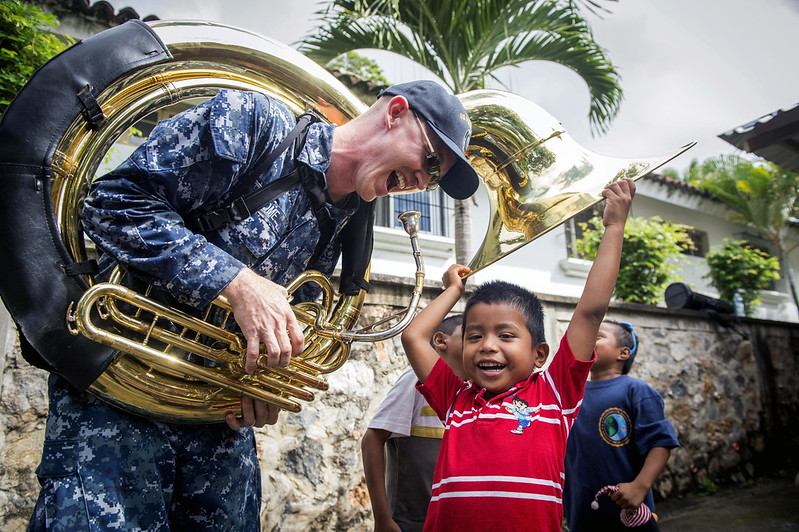 Military groups worldwide recruit children and although the U.N. has put measures in place to prevent this, the issue is still prevalent. Their roles are not restricted to only soldiers or gunmen, but spies, messengers, sex slaves and suicide bombers. The U.N. receives regular “reports of children as young as 8 or 9 years old associated with armed groups”. When discussing child soldiers in Guatemala in the present day, separating state and non-state armed groups is essential. Guatemala’s gangs and guerrilla groups rely on child recruitment and, as these are not state institutions, these groups are harder to study or control.
Military groups worldwide recruit children and although the U.N. has put measures in place to prevent this, the issue is still prevalent. Their roles are not restricted to only soldiers or gunmen, but spies, messengers, sex slaves and suicide bombers. The U.N. receives regular “reports of children as young as 8 or 9 years old associated with armed groups”. When discussing child soldiers in Guatemala in the present day, separating state and non-state armed groups is essential. Guatemala’s gangs and guerrilla groups rely on child recruitment and, as these are not state institutions, these groups are harder to study or control.
Child Soldiers in the Civil War
From 1960 to 1996 Guatemala stood as a site of internal conflict. The leftist guerrilla movement Unidad Revolucionaria Nacional Guatemalteca (URNG) fought against the Guatemalan Government in the Civil War. In this 36-year war, it was “common practice” for both the national army and the guerrilla groups to recruit children. There is a lack of information on the exact number of child soldiers involved in the war. However, the U.N. estimates that out of the 3,000 members of the URNG, 214 were under the age of 18. Unfortunately, this lack of data meant that, after the war, child soldiers in Guatemala did not receive compensation, or benefit from any reintegration programs.
Progress
In 1992, the U.N. wrote the Convention on the Rights of the Child (UNCRC) to tackle issues of child safety and exploitation. This states that parties cannot recruit anyone under the age of 15 into the armed forces and pushes the State to take preventative measures.
In 2000, the Optional Protocol to the CRC that focuses on the involvement of children in Armed Conflict (OPAC) raised the age from 15 to 18. Guatemala signed both of these documents, however, there is no evidence of progress.
Military Schools
Guatemala’s military schools are a key example of how the state is still subjecting children to violence and ignoring the concerns raised in the CRC and OPAC. Children in these military schools take part in combat training and weapons handling. Many of these military schools do not meet the government’s educational standards and there are numerous complaints of the use of corporal punishment. Child Rights International Network (CRIN) revealed that in 2016 at least three students reported rape by soldiers at the military school Adolfo V Hall.
Even if these children are not legally members of the armed forces until they are adults, they are still victims to and witnesses of violence at such a young age. In these cases, differentiating voluntary and coerced enlisting is extremely difficult.
Child Soldiers in Gangs
Maras are a type of gang in Guatemala and the 2023 CRIN report shows that recruitment is hard to regulate as maras control large residential areas.
The Maras specifically target children on their way to and from school. These children are coerced and threatened into becoming spies or gunmen and many children have been murdered on their way to school for refusing to take part. According to a 2023 CRIN report “Save the Children reports that children as young as 6 are recruited to transport guns…and have been coerced into homicides as young as 13.” This has had a detrimental impact on education. School is no longer a space of safety and learning but “a site of recruitment.” This creates a vicious cycle, as with lower access to education more children turn to gang activity.
Schools of Peace
Save the Children has worked with Guatemalan families suffering from poverty since 1999. In the last year, Save the Children positively impacted 201,000 young people. Aside from alleviating poverty, Save the Children has created a Schools of Peace project. This project results from education and child protection services working together to prevent any disruption to the education of young people. The initiative interrupts the process of gang recruitment and ensures that schools in Guatemala have the right protection from any danger due to armed conflict.
Save the Children tells the story of 16-year-old Estrella, a daughter of a gang leader. Her life was wrapped in violence and her education was sacrificed until Schools of Peace intervened. She is doing very well at school and works as a youth leader near Las Canoas to help others who have suffered like her.
Toybox
Toybox is a charity that provides young people with safe spaces and communities outside of school. The organization works in the country’s capital, Guatemala City and provides counseling and therapy to young children. It has provided children across the world with psychosocial support. Toybox identified that 10% of annual births in Guatemala are undocumented. This reduces the amount of protection the state can provide in conflict situations.
In 2022, Toybox helped 2,794 children around the world obtain legal identity documents. The charity also holds weekly sports activities to develop and maintain trusting relationships between staff and children. It is setting up a support network for these young people, while also demonstrating that other, more constructive, paths are still viable to children who live under gang rule.
A 2023 CRIN report identifies that poverty exacerbates non-state violence and increases child recruitment. It suggests treating the root cause of poverty to see a drastic difference in the levels of child soldiers in Guatemala. Initiatives such as these are important to show that there is a path out of the violence that dominates their lives.
– Liz Johnson
Photo: Flickr
 Several people in Nigeria are facing displacement and vulnerability due to the issue of child soldiers. Armed groups recruit children under 18, classifying them as “child soldiers.” Despite international efforts, recruitment continues, underscoring the urgent need for comprehensive measures to protect these children. There are a number of factors driving this crisis, but on the bright side, international collaborations and educational initiatives play a significant role in bringing about positive change. These endeavors aim to safeguard Nigeria’s children from the horrors of armed conflicts, offering them a future free from fear and violence.
Several people in Nigeria are facing displacement and vulnerability due to the issue of child soldiers. Armed groups recruit children under 18, classifying them as “child soldiers.” Despite international efforts, recruitment continues, underscoring the urgent need for comprehensive measures to protect these children. There are a number of factors driving this crisis, but on the bright side, international collaborations and educational initiatives play a significant role in bringing about positive change. These endeavors aim to safeguard Nigeria’s children from the horrors of armed conflicts, offering them a future free from fear and violence.
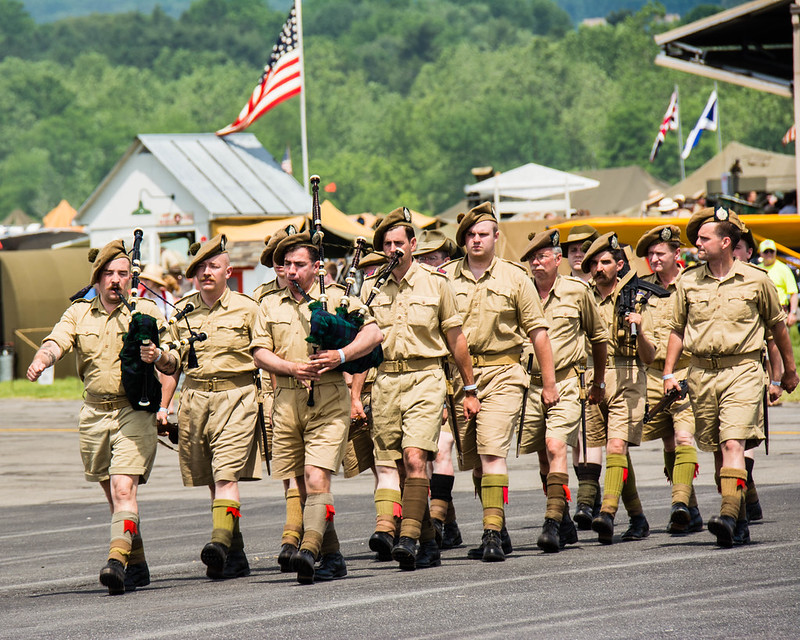 Scotland, as part of the U.K., allows children aged 16 and 17 to enlist in the armed forces.
Scotland, as part of the U.K., allows children aged 16 and 17 to enlist in the armed forces. 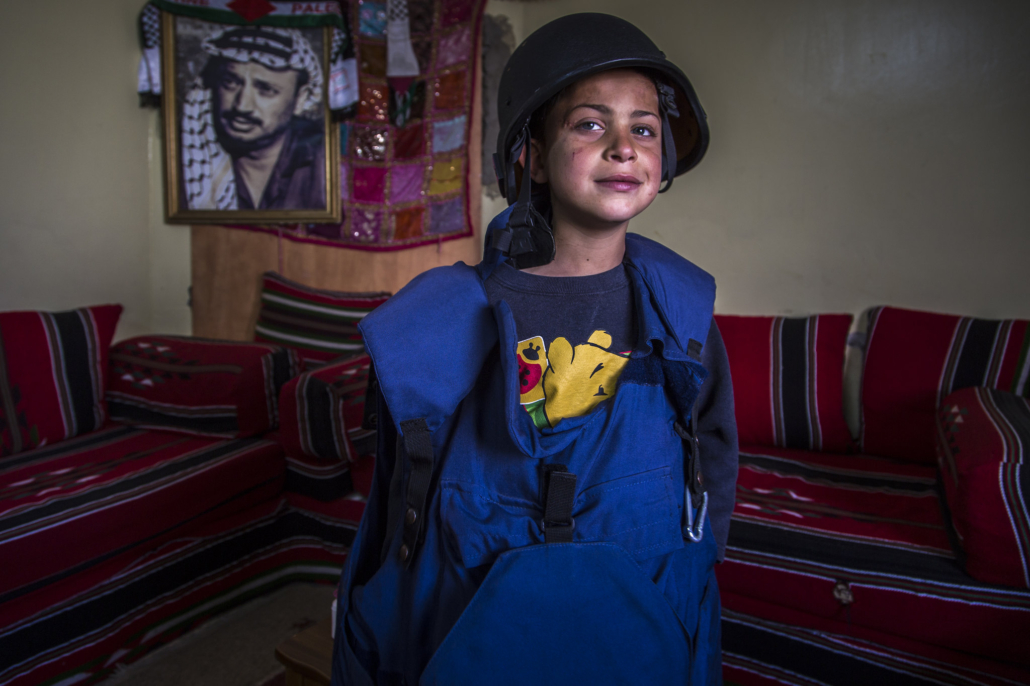


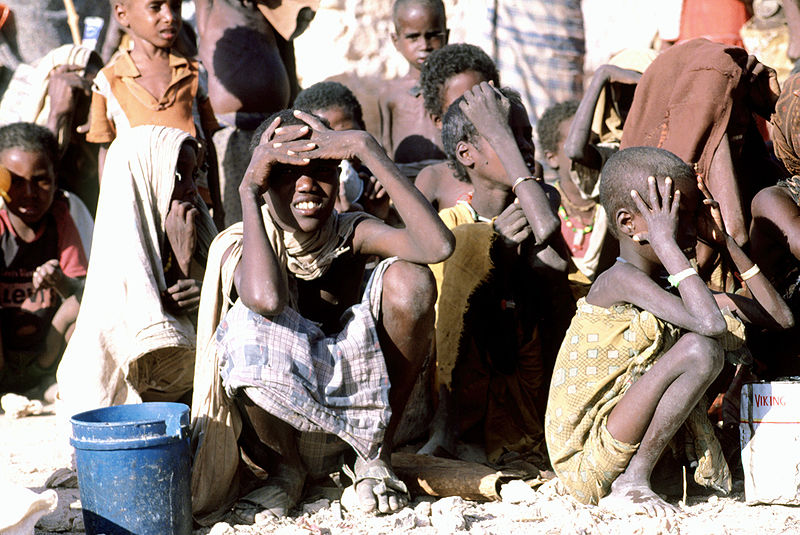
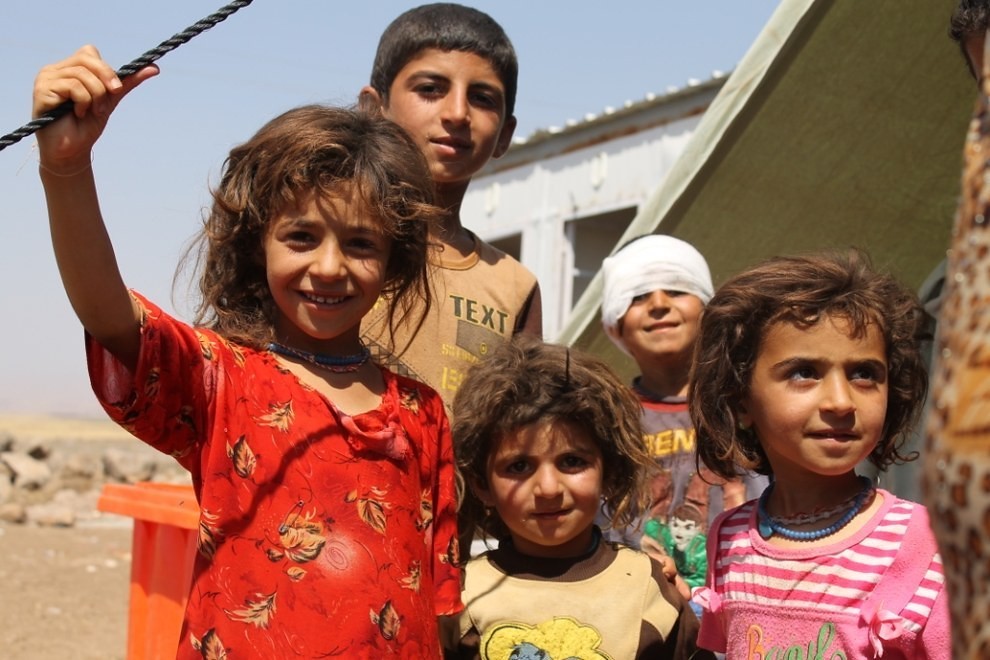
 Afghanistan currently faces a large-scale human trafficking crisis that is rooted in centuries of abuse. Children and women are sold or kidnapped and forced into sexual slavery or armed forces. With the Afghani Government failing to properly protect victims and prosecute perpetrators, the U.S. Department of State and a network of NGOs are working to alleviate the problem.
Afghanistan currently faces a large-scale human trafficking crisis that is rooted in centuries of abuse. Children and women are sold or kidnapped and forced into sexual slavery or armed forces. With the Afghani Government failing to properly protect victims and prosecute perpetrators, the U.S. Department of State and a network of NGOs are working to alleviate the problem.